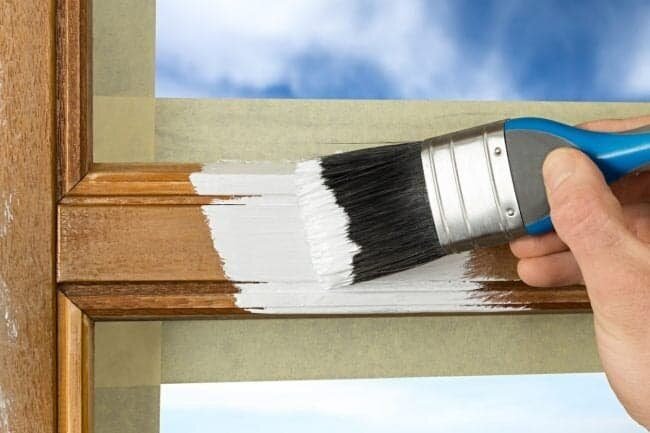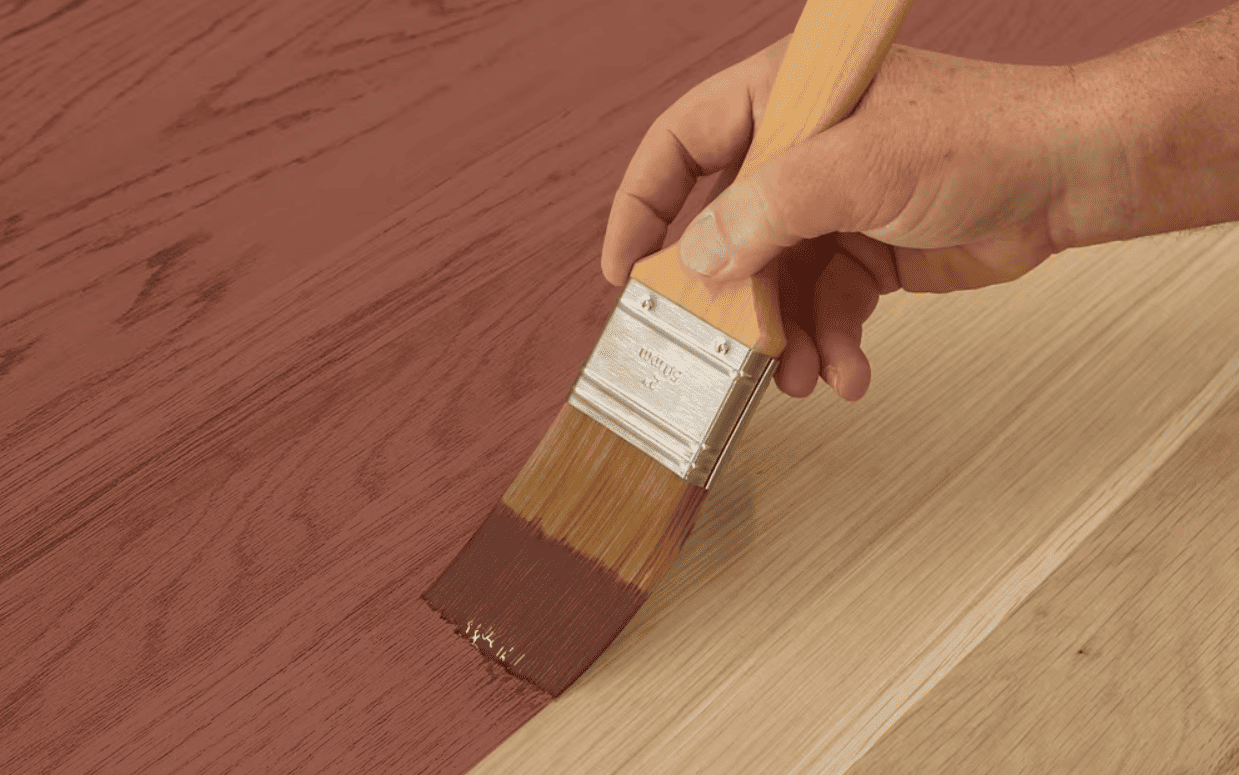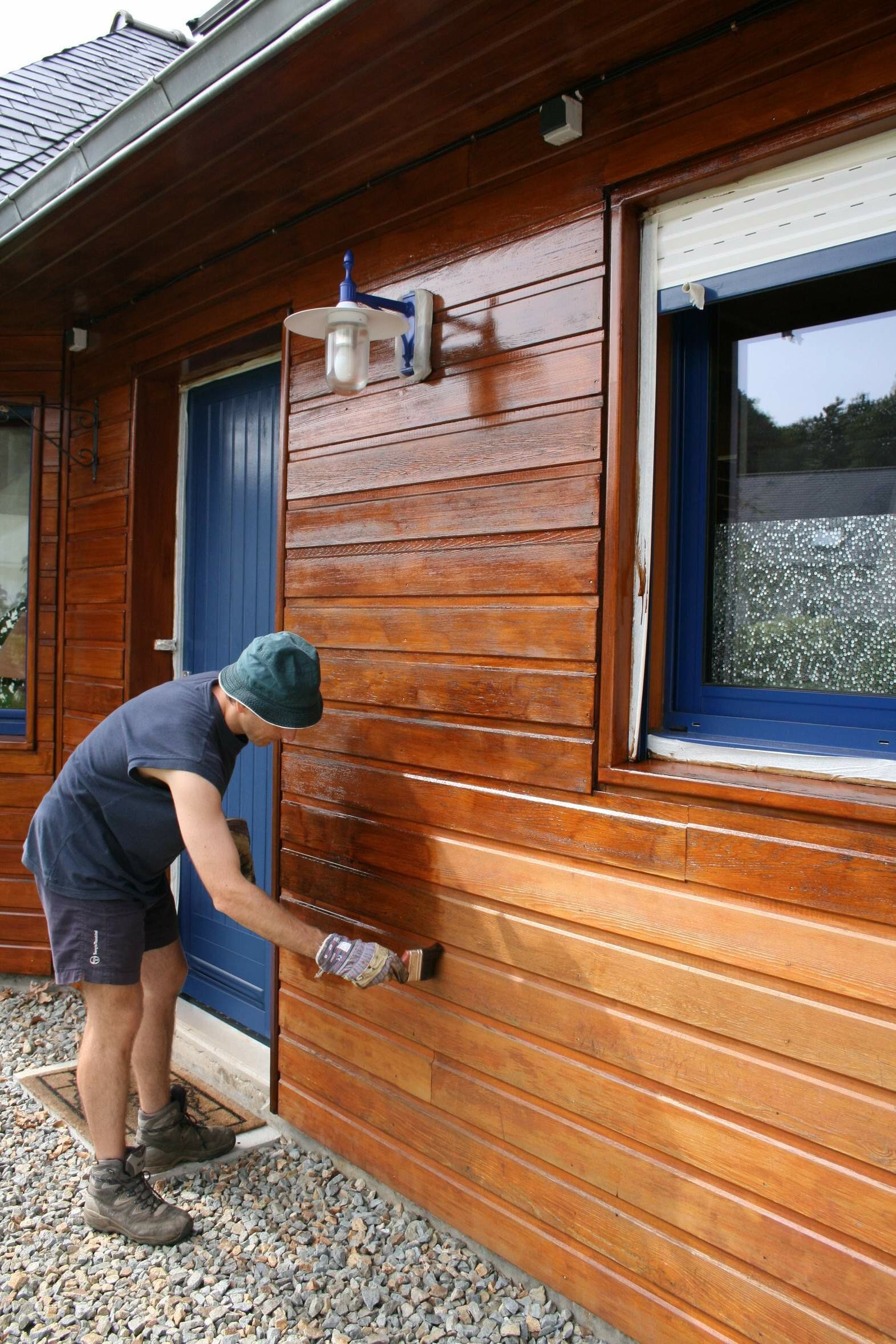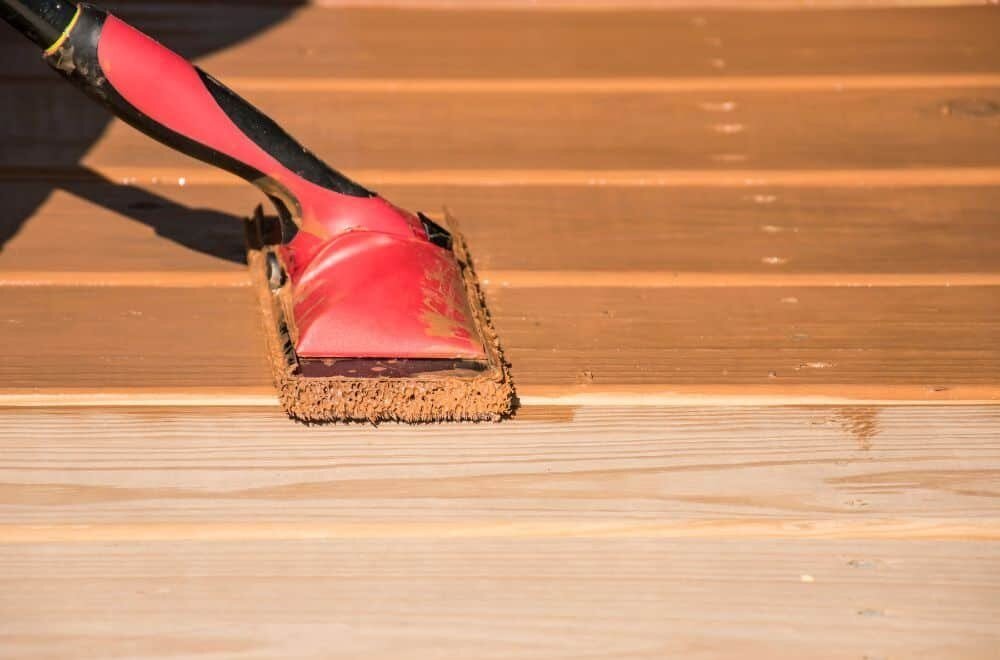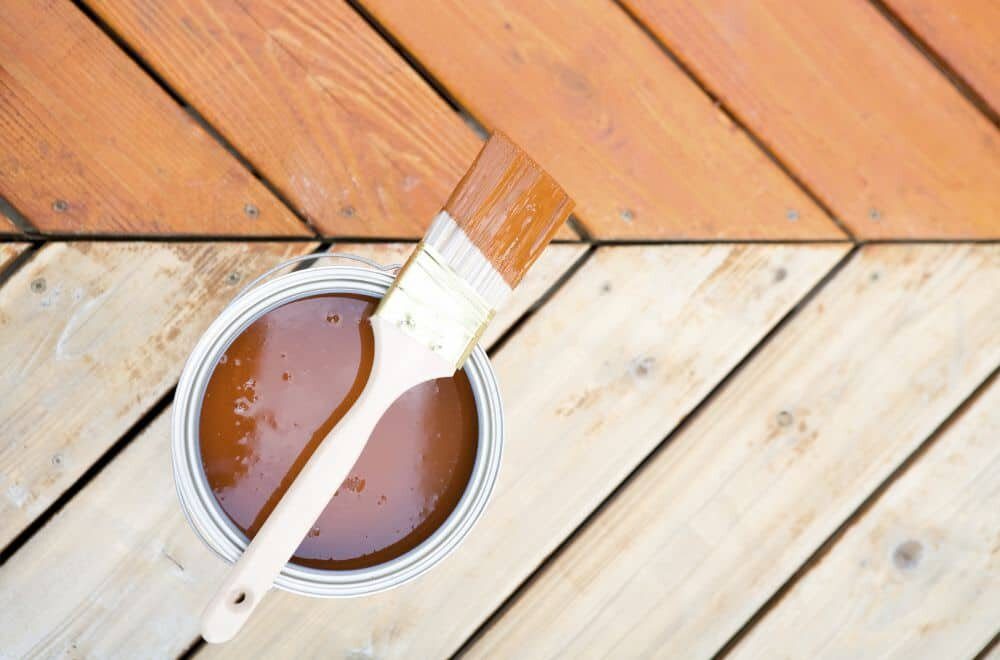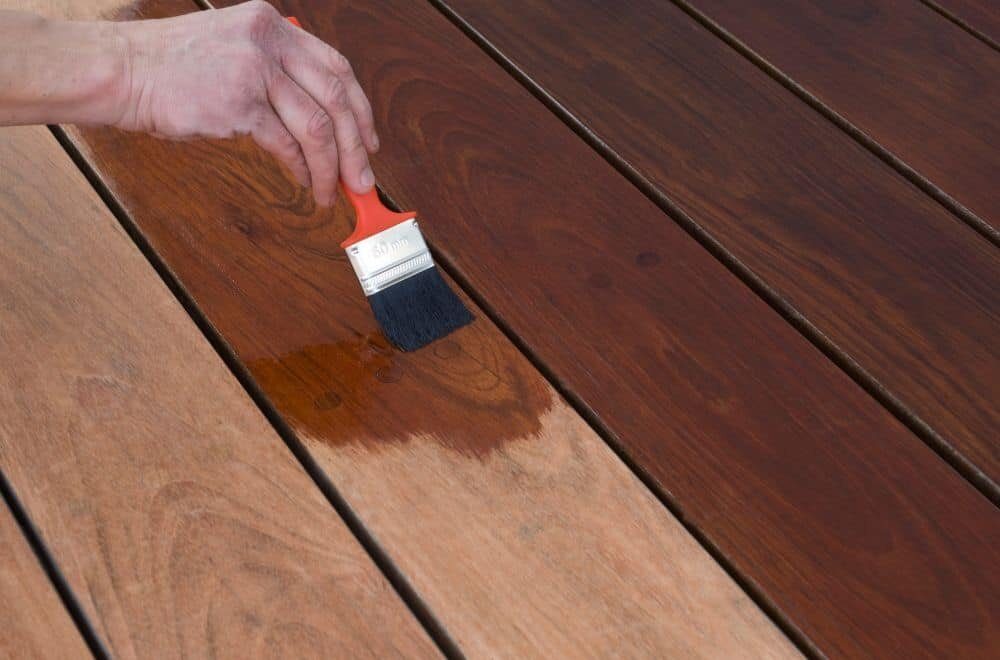Are you wondering how long you should wait between wood stain coats? Applying wood stain is an excellent way to enhance the natural beauty of wood and protect it from the elements. However, it can be tricky to know exactly when to apply the next coat. The length of time you should wait between coats depends on several factors, including the type of stain you’re using, the humidity and temperature of the environment, and the absorbency of the wood.
While some wood stain products only require a few hours between coats, most manufacturers recommend waiting at least 24 hours before applying the next coat. Waiting a full day between coats is a safe bet to ensure that the first coat has fully dried and cured, allowing the second coat to adhere properly. Keep in mind that if you apply the second coat too soon, it can cause the first coat to become tacky or peel, which can ruin the finish of your project.
Understanding Wood Stain Coats

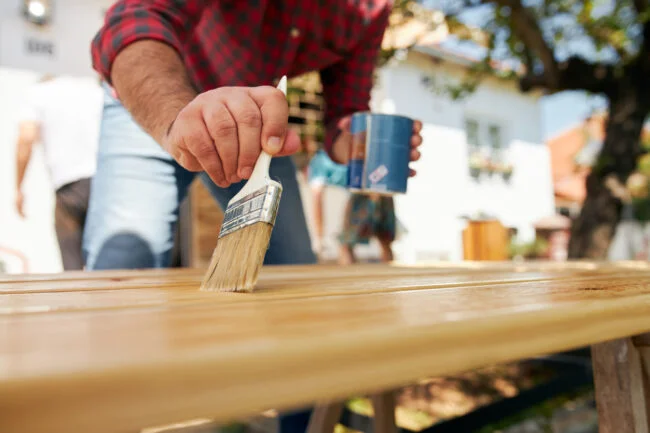
When it comes to staining wood, applying multiple coats is often necessary to achieve the desired color and finish. However, it’s important to understand how long to wait between each coat to ensure the best results.
As a general rule, most manufacturers recommend waiting at least 24 hours between coats of wood stain. This allows the first coat to fully dry and cure, creating a strong base for subsequent coats. However, the exact wait time can vary depending on the type of stain, the wood being stained, and environmental factors such as temperature and humidity.
It’s also important to note that applying too many coats of stain can actually have a negative effect on the final result. Too much stain can lead to a buildup of pigment, which can obscure the natural beauty of the wood and create a muddy, unattractive finish. As a general guideline, most experts recommend applying no more than two or three coats of stain.
To ensure the best results when staining wood, it’s important to follow the manufacturer’s instructions carefully and to take your time between coats. Rushing the process can lead to uneven coloring, streaks, and other imperfections. By taking the time to properly apply and dry each coat of stain, you can create a beautiful, durable finish that will last for years to come.
Factors Affecting Waiting Time
When it comes to applying wood stain, waiting time between coats is crucial to achieve the desired finish. Several factors can affect how long you need to wait between coats. In this section, we will discuss the most important factors that can influence the waiting time.
Type of Wood
The type of wood you are staining can significantly affect how long you need to wait between coats. Softwoods such as pine, spruce, and fir tend to absorb the stain more quickly and may require less time between coats. On the other hand, hardwoods such as oak, maple, and cherry may require more time between coats to allow the stain to fully penetrate the wood.
Type of Stain
The type of stain you are using can also impact the waiting time between coats. Oil-based stains tend to dry more slowly and may require more time between coats. Water-based stains, on the other hand, dry more quickly and may require less time between coats. Gel stains typically take the longest to dry, and you may need to wait longer between coats.
Weather Conditions
The weather conditions in your area can also affect how long you need to wait between coats. High humidity and low temperatures can slow down the drying process, while hot and dry weather can speed it up. It’s best to check the manufacturer’s instructions for specific recommendations on waiting time based on weather conditions.
In conclusion, several factors can affect how long you need to wait between wood stain coats. By considering the type of wood, type of stain, and weather conditions, you can determine the optimal waiting time between coats to achieve the desired finish.
General Waiting Time Between Coats

When staining wood, it is important to know how long to wait between coats to achieve the best results. The waiting time can vary depending on the type of stain you are using, the temperature, and the humidity of the room. In general, it is best to wait at least 24 hours before applying a second coat of stain.
Waiting for a full day allows the first coat of stain to fully dry and cure, ensuring that the second coat will be applied to a stable and consistent base. If the first coat is not completely dry, the second coat may not adhere properly and can result in an uneven finish.
It is important to note that some stain products may require a shorter or longer waiting time between coats. Always refer to the manufacturer’s instructions for specific recommendations on waiting times.
Signs Your Wood is Ready for Another Coat
When staining wood, it’s essential to know when it’s ready for another coat. Applying the second coat too soon can result in a blotchy finish, while waiting too long can cause the first coat to dry out completely, making it difficult for the second coat to adhere properly. Here are some signs to look out for to know when your wood is ready for another coat:
- Touch Test: The easiest way to check if your wood is ready for another coat is to touch it. If it feels dry to the touch, it’s ready for another coat. If it feels tacky or sticky, it’s not ready yet, and you should wait for it to dry before applying another coat.
- Color Change: When you apply the first coat of stain, the wood’s color will change. As the stain dries, the color will become more apparent. When the wood’s color is consistent, and there are no splotchy areas, it’s ready for another coat.
- Absorption Test: To check if the wood is ready for another coat, you can do an absorption test. Apply a small amount of stain to an inconspicuous area of the wood. If the wood absorbs the stain quickly, it’s ready for another coat. If the stain sits on top of the wood, it’s not ready yet.
- Drying Time: Most stain products have a recommended drying time between coats. It’s best to follow the manufacturer’s instructions to ensure the best results. However, if you’re unsure, waiting at least 24 hours between coats is a safe bet.
In conclusion, knowing when your wood is ready for another coat is crucial for achieving a beautiful and even finish. By using the touch test, color change, absorption test, and following the recommended drying time, you can ensure that your wood is ready for another coat and achieve the desired results.
Tips for Applying Multiple Stain Coats

When it comes to staining wood, applying multiple coats can enhance the color and depth of the finish. However, it’s important to know the proper techniques for applying multiple coats of stain to ensure the best results. Here are some tips to keep in mind:
Proper Preparation
Before you begin staining, make sure the wood is clean and free of any dust or debris. Sand the wood with a fine-grit sandpaper to smooth out any rough spots and ensure even absorption of the stain. It’s also important to choose the right type of stain for your project, whether it’s oil-based, water-based, or gel-based.
Application Technique
When applying multiple coats of stain, it’s important to wait for each coat to dry completely before applying the next. The drying time will vary depending on the type of stain you’re using, so be sure to check the manufacturer’s instructions. Generally, oil-based stains take longer to dry than water-based stains, and gel stains take the longest.
When applying the stain, use a clean brush or rag and work in the direction of the grain. Apply a thin, even coat and wipe away any excess with a clean cloth. If you’re applying more than one coat, lightly sand the surface between coats to smooth out any rough spots.
Safety Measures
Staining wood can be messy and potentially hazardous if proper safety measures aren’t taken. Always wear gloves and protective eyewear when handling stain and make sure the area is well-ventilated. Avoid smoking or using open flames in the area, as some stains are flammable.
In conclusion, applying multiple coats of stain can enhance the beauty of your wood project, but it’s important to take the proper precautions and follow the right techniques for the best results. With these tips in mind, you’ll be able to achieve a beautiful, long-lasting finish on your woodwork.
Frequently Asked Questions
How long to wait between coats of oil-based stain?
The drying time for oil-based stain can vary depending on the humidity and temperature of the environment. Generally, it is recommended to wait at least 8 hours before applying a second coat of oil-based stain. However, it is best to follow the manufacturer’s instructions on the label to ensure the best results.
When to apply second coat of stain on deck?
For a deck, it is recommended to wait at least 24 hours before applying a second coat of stain. This allows the first coat to fully dry and cure, ensuring that the second coat will adhere properly. However, it is important to check the manufacturer’s instructions on the label for specific recommendations.
How long does it take for stain to dry in 50 degree weather?
Stain can take longer to dry in cooler temperatures, such as 50 degrees Fahrenheit. In general, it is best to wait at least 24 hours before applying a second coat of stain in cooler temperatures. However, it is important to check the manufacturer’s instructions on the label for specific recommendations.
How long to wait before applying second coat of Minwax stain?
Minwax stain typically requires a wait time of at least 4-6 hours before applying a second coat. However, it is important to follow the manufacturer’s instructions on the label for specific recommendations.
Can you put 2 coats of stain on wood?
Yes, you can apply 2 coats of stain on wood. However, it is important to wait for the first coat to dry and cure before applying the second coat. This ensures that the second coat will adhere properly and provide the desired color and finish.
Will a second coat of stain make it darker?
Yes, a second coat of stain can make the wood darker. However, it is important to note that the color and darkness of the stain can vary depending on the type of wood and the amount of time the stain is left on. It is recommended to test the stain on a small area before applying it to the entire surface.
